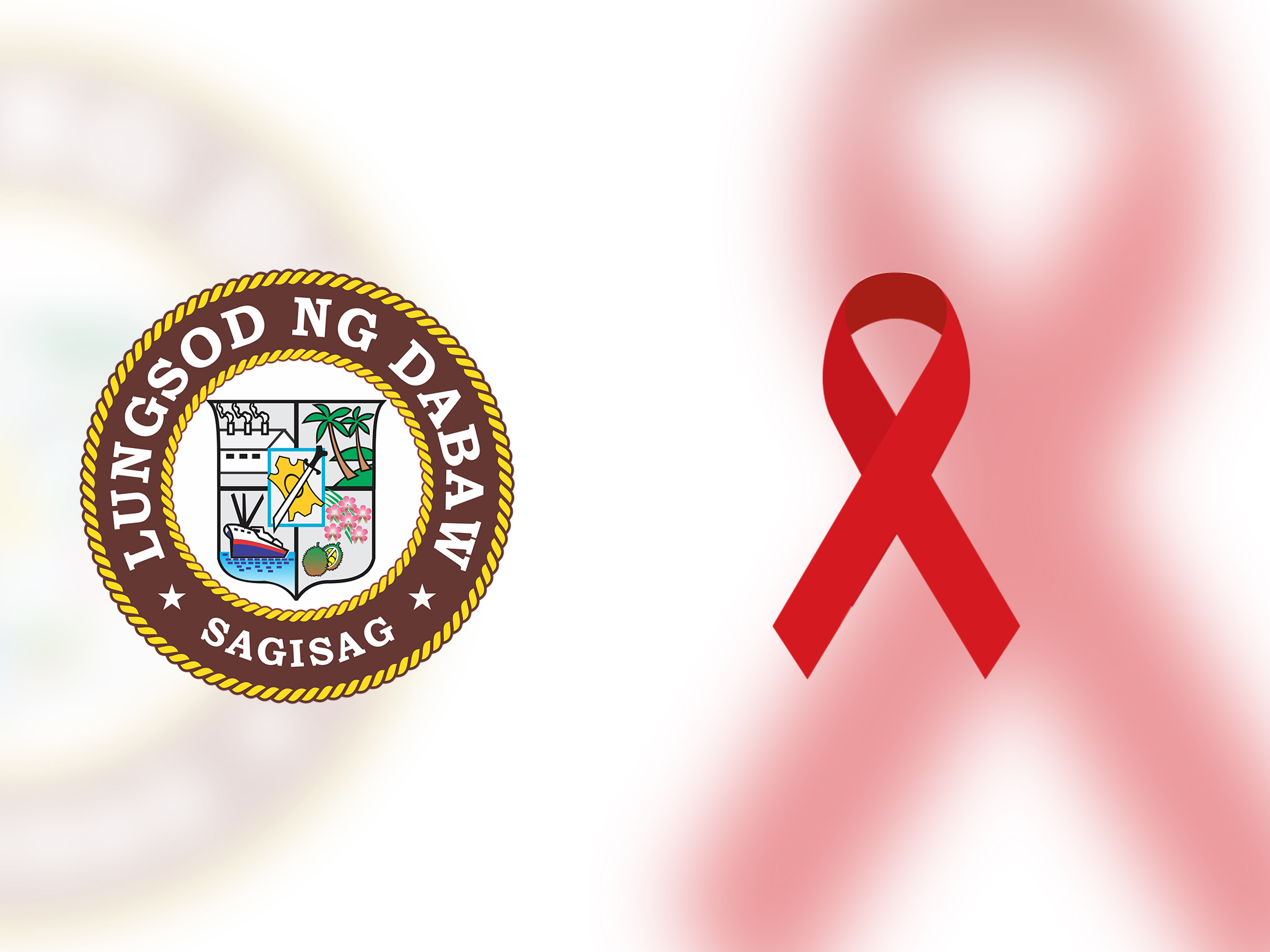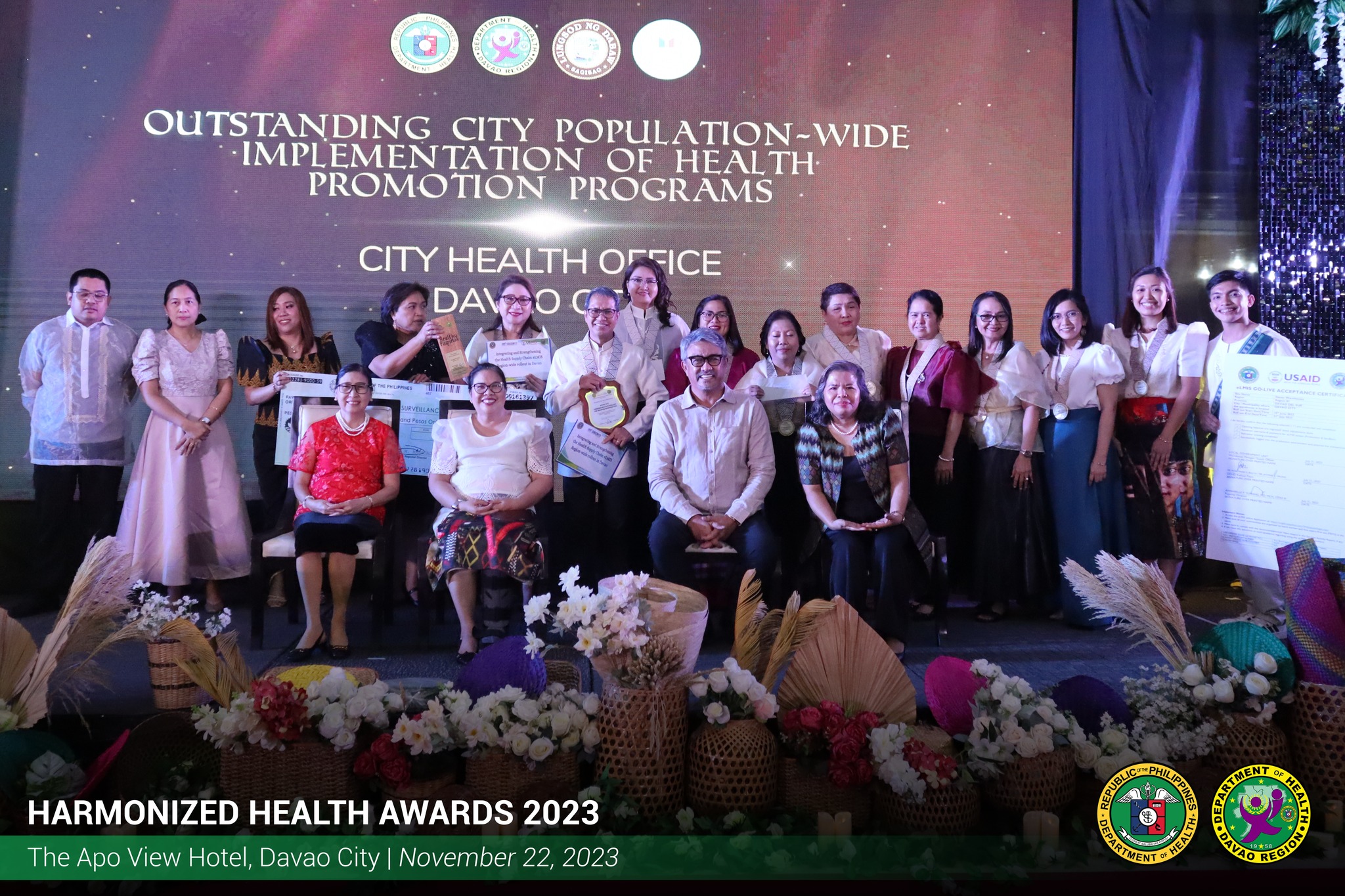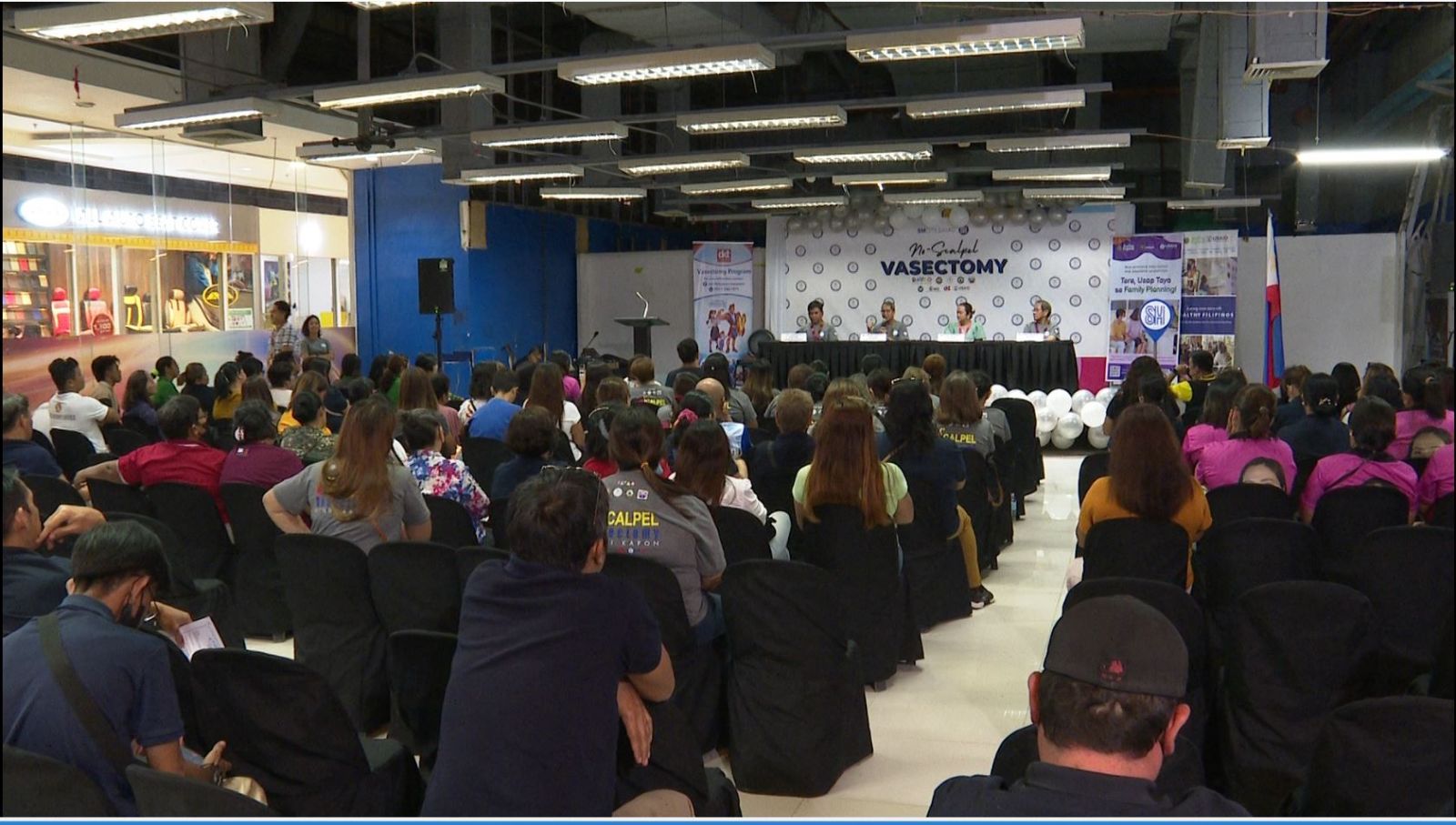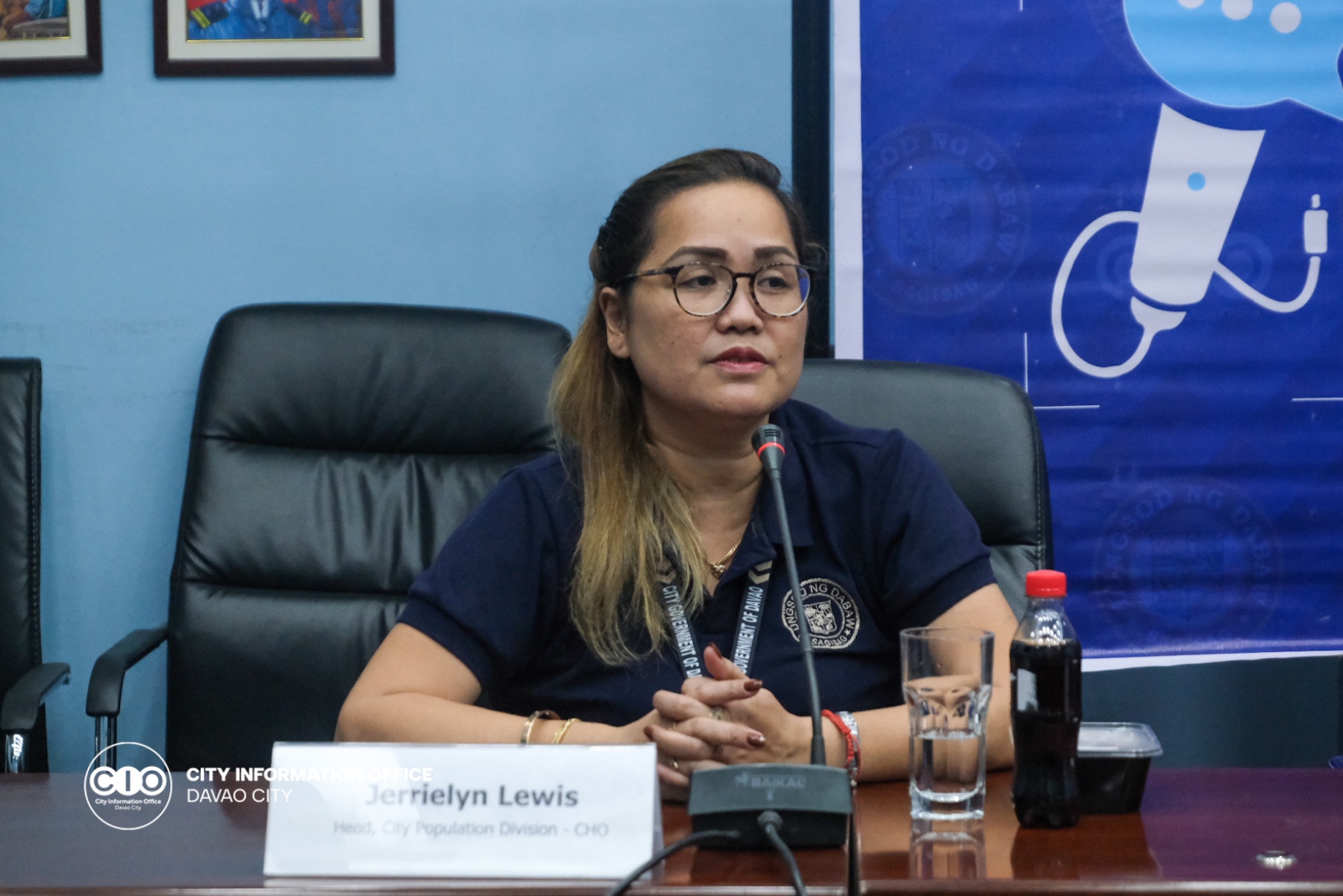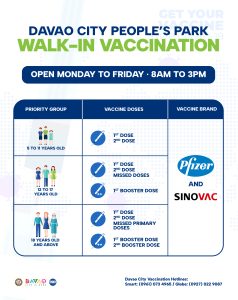Various Offices from the local government of Davao joined a training course for organ donation given by doctors from the Southern Philippines Medical Center to expand their knowledge of organ donation.
Representatives of the City Mayor’s Office, City Administrator’s Office, City Information Office, City Social Welfare and Development Office, Central 911, City Transport and Traffic Management Office, Vice Mayor’s Office, Lingap/Malasakit Center, Offices of Councilor Pilar Braga and Councilor Ibuyan attended the one-day seminar – “Potential Multiple Organ Donor Training Course (PMTC) for Doctors and Nurses – at the Mahogany Room, SPMC JIca Building last April 12, 2023.
During her talk as a resource speaker, Dr. Maria Theresa Bad-Ang, SPMC chair for the renal transplant section of the Nephrology Department and concurrent head of the Department of Health’s organ procurement organization for Zone 4A said that organ transplantation is the best treatment option compared to dialysis.
‘The patient of dialysis has a fifty percent of survival rate after five years, compared to transplant 90 percent ang survival nila after five years,” Bad-ang said. She said that there are many people in need of organ donation to extend their lives.
DOH data showed that 90,000 Filipinos are on dialysis treatment, with Davao Region ranking third nationwide for having 2,400 patients on the list.
Bad-Ang said that organ donation could help these patients.
She added that donation is the process of surgically removing an organ or tissue of another and placing it in another patient. There are two types of donors, the living donor and the deceased donor. Donation of organs is legal in the Philippines.
A living donor can be 18-60 years old or 21-60 years old who are healthy and have undergone screenings for four to six weeks. They are either related or non-related to the recipient. For a relationship, it must be up to the fourth degree of consanguinity. The non-related living donor according to Bad-Ang is what they are trying to avoid. These living donors should have full employment of their rights and should have full awareness of the consequences of the donation before giving consent.
Meanwhile, deceased donors are those who are brain-dead or cardiac-dead.
“Pinahayag ng dalawang doctor sa dalawang pagkakataon na patay na ang utak, kahit tumitibok pa ang puso at dumadaloy pa ang dugo sa katawan so yun ang braindead. (Two doctors certified on two occasions that the brain is dead even if the heart is still beating and blood is still flowing in the body—that is what we call a brain dead),” Bad-Ang said, adding that with the declaration of a patient as brain dead, the next requisite for a deceased donor is the consent of the legal next of kin.
The legal next of kin are parents, legal wife, brother, or sister. In the case of hierarchy, the spouse has the highest position followed by parents and the next of kin.
The third requisite is that the deceased donor will be able to pass the screening to ensure that no diseases will be transferred to the recipient.
Being a donation, an organ donation from a deceased person does not cause monetary gain or loss to the family.
In the same way, even for the living, donations could only be pushed if there is a recipient. Organs are not for sale.
She underscored that the benefit of organ donation, especially for the deceased donor, is the sense of fulfillment in helping others. For the family who lost their loved one, it is the legacy and that their beloved is living in someone’s body.
“We want you to realize that there are people who have plans for their bodies after they die. We could be the donor but we could also be the one helping the donor, we could be the one receiving the organ, it is a full circle,” Bad-Ang said. CIO



